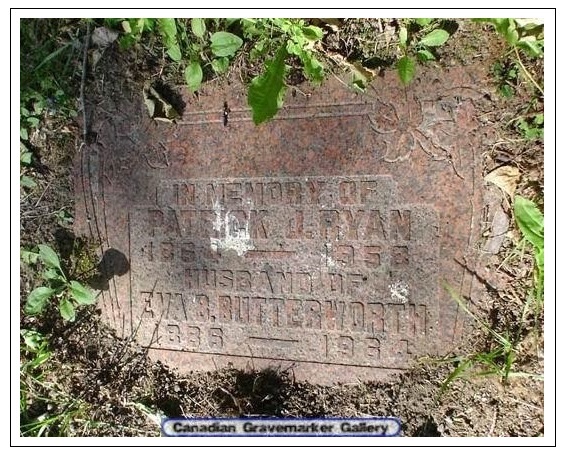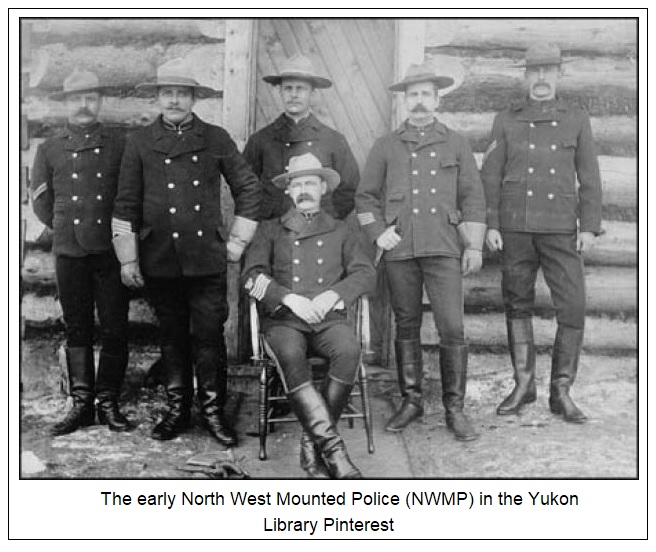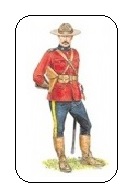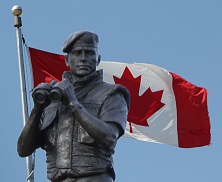True and Fascinating Canadian History
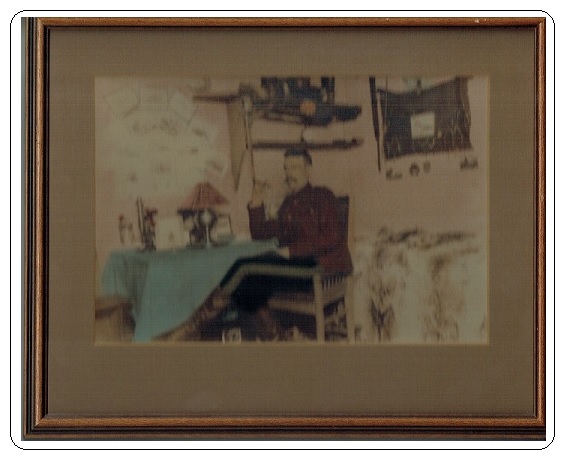
Vet of the Month: October, 2017
Reg.#2223, Corporal Patrick Joseph Ryan
(NWMP, RNWMP & RCMP)
RCMP Vets. Ottawa, ON
Courtesy of granddaughter Ms. Dottie Cocker. 2017
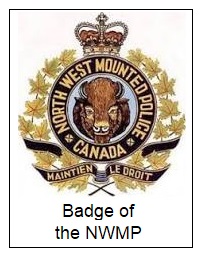
I am very pleased to say that in recent weeks I have been in contact with Ms. Dottie Cocker who is the granddaughter of Reg.#2223, Corporal Patrick 'Paddy' Joseph Ryan who was associated with the North West Mounted Police (NWMP), the Royal North West Mounted Police (RNWMP), and the Royal Canadian Mounted Police (RCMP). In her first message to me, Ms. Cocker explained her family connection to the Force, she said, "Yes, I’m the granddaughter of a former member. Our family history with the Force goes back to 1888 and my grandfather was NWMP, RNWMP & RCMP Reg.#2223, Corporal 'Paddy' Ryan."
The following short story is dedicated to Corporal 'Paddy' Ryan. Surely, Ms. Cocker will be excited and pleasantly surprised about a couple of incidents which have been recorded about her grandfather's life including a critical shooting incident in Alberta and a famous murder case in the Yukon. I hope that Ms. Cocker has not heard or read about these stories until now. Corporal Ryan's police career with the early NWMP was nothing less than daring and sensational.
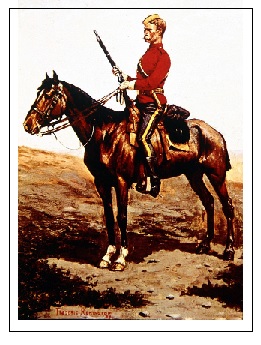
'Paddy' Ryan was born in 1864 in St. John's Newfoundland & Labrador. He joined the NWMP at Halifax, NS., in 1888 - and although enacted in 1873 the Force was still in its infancy and its numbers were only a few hundred. Small NWMP detachments comprised of a few men each had sprung up across the Canadian prairies, but there was hardly enough men to adequately cover and police the vast bald plains. More often than not, patrols on horseback were long, lonely, difficult and dangerous. Three years after he had been recruited into the NWMP, Constable Ryan found himself working in southern Alberta.
One day in 1891, Reg.#683, Staff Sergeant Chris Hilliard led a small party of NWMP from Stand Off Detachment,a few miles southwest of Lethbridge, AB., to intercept whiskey smugglers that scouts had spotted earlier in the day. Meanwhile, Reg.#1361, Constable Sandy Alexander & Reg.#2223 Constable 'Paddy' Ryan broke away from Staff Sergeant Hilliard to scout the area further downstream and cross over the river at Cochrane Crossing.
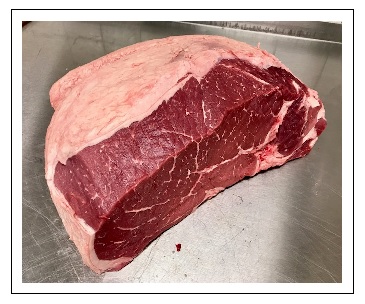
Unexpectedly, the pair of NWMP saw riders in the distance, and as the group neared, Constable Alexander and Constable Ryan found the Aboriginals in possession of freshly killed steer meat. As Constable Alexander approached the riders, "Steel Fire" suddenly shot Alexander in the neck almost at point blank range. Instinctively, Constable Ryan drew his revolver and shot "Steel Fire". The Aboriginals were arrested. "Steel Fire" was handed a two month sentence in prison.
The wounds to "Steel Fire" and to Constable Alexander were not serious and they both soon recovered, but the incident highlighted the unexpected dangers of patrols on the prairies and the real possibility of death which all NWMP faced every day. Constable Ryan would relive the close call with death for the remainder of his life. A couple years later, 'Paddy' Ryan was transferred from Alberta to the Yukon and he won a promotion to Corporal.
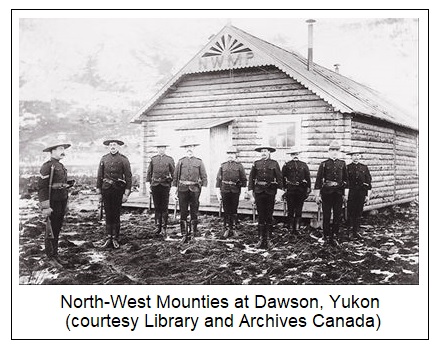
The following story about Corporal Ryan and his involvement in a celebrated Yukon murder case was first told by retired RCMP Officer and Canadian authors William & Nora Kelly. Here, the NWMP investigation was summarized from the Kelly's notable book titled: The Royal Canadian Mounted Police. 1973
At Hootchikoo Detachment in the Yukon, Corporal Ryan had spent the day preparing a special dinner for he and his friend Norwegian Telegraph Linesman Ole Olson. There had been a heavy snowfall during the previous night, but not so much snow had fallen to be of much concern to Corporal Ryan afterall he knew Ole Olsen to be an experienced and seasoned traveller in the north. Yet, Corporal Ryan felt uneasy that Ole Olsen was so late for his dinner appointment, and he began to suspect that something had gone wrong. Hours passed, and Ole Olsen failed to arrive for dinner with Corporal Ryan. It was Christmas Day 1899.
Corporal Ryan began to investigate the disappearance of Ole Olsen. He learned that Olsen had left Fussal's Roadhouse for Hootchikoo on Christmas morning as planned and that he was accompanied by two young companions Will Clayson and Linn Relfe whom he had met in Dawson a few weeks earlier. Will Clayson was reported to be in possession of a large amount of cash which he had made from a modest gold discovery.

Accompanied by a Special Constable, Corporal Ryan searched the trail by backtracking between Hootchikoo and Fussal's Roadhouse. Soon they came upon an abandoned tent which contained several articles stamped with the name of an express company plus a partially hidden cache nearby. Corporal Ryan reasoned that the recovered articles had been stolen and he also recalled that NWMP Constable Pennycuick at Fort Smith Detachment was searching for cattle thieves. Corporal Ryan and Constable Pennycuick decided to team up and to investigate the disappearance of Ole Olsen and his two companions Clayson and Relfe.
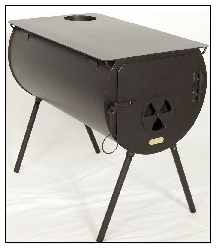
Corporal Ryan and Constable Pennycuick decided to search the abandoned tent more carefully. They found a pair of pliers like those used by Ole Olsen on the Yukon Telegraph Line plus a rifle and a bag of cartridges. Constable Pennycuick's eyes also landed on a small stove in the tent and it bore very peculiar but familiar marks punched into it. Constable Pennycuick quickly associated the stove to an identical stove that he had seen earlier in a camp of two suspected cache thieves by the name of Miller and Ross. Corporal Ryan alerted all NWMP Detachments in the Yukon to be on the alert for suspects Miller and Ross and to arrest the pair at first chance.
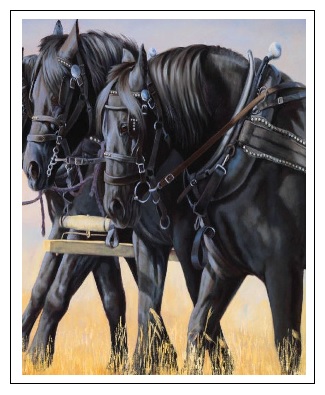
By coincidence, on the same day that Corporal Ryan issued the lookout for Miller and Ross, another NWMP at Tagish Detachment spotted a well known thief by the name of George O'Brien riding in a sleigh with a team of two beautiful black horses. The NWMP also noticed a wolf's robe in O'Brien's sleigh. Upon questioning, O'Brien claimed that the wolf's robe had been given to him honestly by the NWMP when he had been discharged from jail several months earlier.
What O'Brien said about the robe turned out to be true, but Corporal Ryan suspected that O'Brien was actually one of the thieves who called themselves Miller and Ross. Upon instructions from Corporal Ryan, the NWMP at Tagish arrested O'Brien until they could further investigate his unsavoury activities. Corporal Ryan reasoned that O'Brien was not telling the NWMP at Tagish the whole story, and he was convinced that in O'Brien's mind, murder was just one notch up from robbery, theft, possession of stolen property and the like. But first, Corporal Ryan needed more concrete and material evidence if he wanted to tie O'Brien into the disappearance of Ole Olsen and his two friends Will Clayson and Linn Relfe.
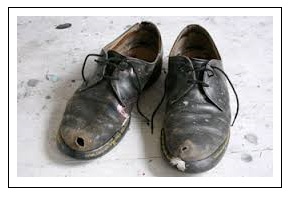
O'Brien was searched carefully after his arrest, and the NWMP found that he was unusually prosperous; he claimed ownership to the sleigh and the two horses, as well as a beautiful yellow St. Bernard dog, and an unusual amount of cash including two $100 bills which he had hidden in the soles of his shoes. His outfit also included field glasses, a rifle, two revolvers, ammunition, and two empty shells from a Winchester rifle. Almost hidden was blood spattered across his sleigh. At the moment, the NWMP did not have enough evidence to charge O'Brien with murder, but he could be connected to several thefts from caches -- investigators just needed more time, and more evidence. And a body or two. Preferably with bullet holes.
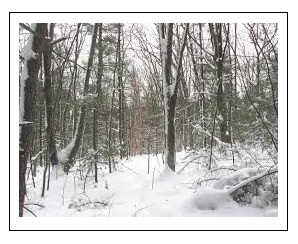
Back near the abandoned tent, Corporal Ryan and Constable Pennycuick found a specially cleared area in the woods which would afford a robber a clear line of vision of approaching and unsuspecting travellers. They noticed that several trees had been cut down by someone using an axe with several notches in its blade.
Leaving the clearing in the woods, the two investigators returned to the tent, and after clearing away some snow they found an axe with a notched blade, a double bladed knife, and a roadhouse receipt made out to Ole Olsen. Yet, in spite of a wide search around the tent covering a distance of sixteen miles, the investigators could not find the bodies of Ole Olsen and his two young companions. For the time being, the NWMNP could not link O'Brien directly to the three missing men.
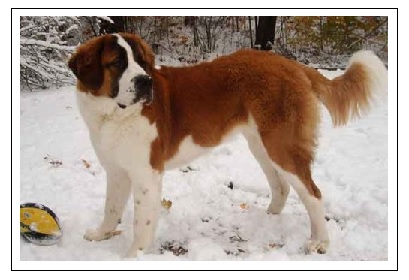
Suddenly, Constable Pennycuick had a clever idea. He brought O'Brien's St. Bernard dog to the trail in the woods leading to the abandoned tent which Corporal Ryan had found. Constable Pennycuick commanded the dog to, "Go Home", and the dog obediently trotted to the tent and laid down in his usual sleeping place. The NWMP had linked O'Brien to the tent, and possibly to the missing men. Months and months went by.
In April, 1900 the Yukon River voluntarily gave up the body of the missing Clayson. His body was riddled with bullets holes. Soon after, Relfe's badly decomposed body floated to the top. His corpse was identified by the still legible business cards in his pocket. Ole Olsen's body was discovered last in the Yukon River, and it too was riddled with bullet holes.
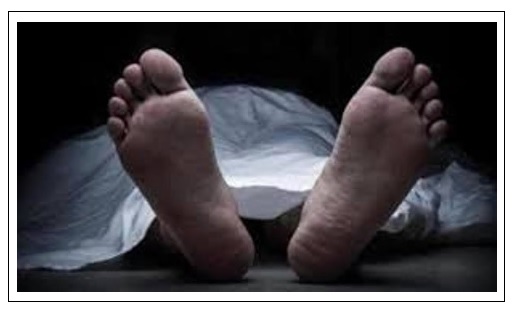
After the discovery of the bodies of the three missing men, the NWMP spent the next year amassing a huge amount of evidence; taking statements from possible witnesses, and organizing their files for presentation in court. A witness was found who once worked with O'Brien on a woodpile in Dawson. He related how O'Brien had talked to him about robbery and murder. The axe and the tree stumps were entered as exhibits. One NWMP Sergeant said that he had given the notched axe to O'Brien upon O'Brien being released from jail. Another witness identified the stolen items found in the abandoned tent -- then there was the receipt from Fussal's Roadhouse made out to Ole Olsen. An unusual coin in O'Brien's possession belong to Relfe, and the blood found on O'Brien's sleigh was identified as most certainly human blood.
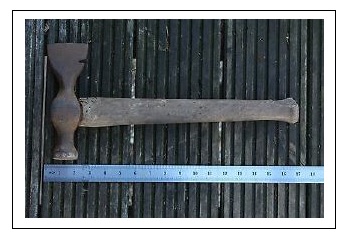
Gradually, the NWMP pieced together a tight case which surely tied O'Brien and Graves, alias Miller and Ross, into the crime and showed how the two men were responsible for the murder of the three men -- one of whom was a good friend of Corporal Ryan. Ole Olsen, Clayson and Relfe had been shot and murdered on Christmas Day, their bodies had been stripped of certain articles, then O'Brien's sleigh was used to transport the three bleeding bodies down to the Yukon River.
In the Yukon, it was now high time for a murder trial.
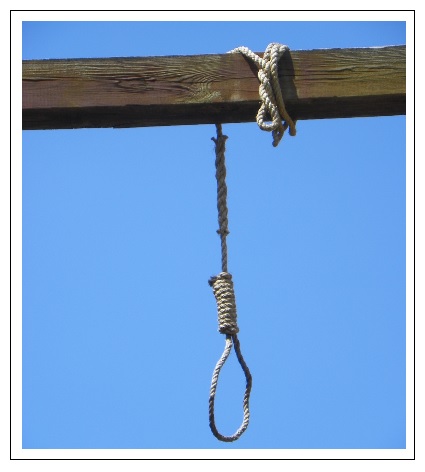
Over a period of eleven days, the judge and jury listened to the evidence. Then the jury pronounced O'Brien guilty of murder. O'Brien's accomplice was never found, and the NWMP speculated that O'Brien also killed him since he knew too much. A year or so later, a fourth body was found in the Yukon River and the NWMP thought it was likely O'Brien's accomplice Graves.
The court lavished great praise on Corporal Ryan, Constable Pennycuick and the other NWMP who participatedin the lengthy yet successful murder investigation. In his closing statement, the judge said, "The NWMP was the pride of Canada and the envy of the world." The NWMP deserved to be recognized by the court for their work and rewarded for their persistence and determination to solve the mystery and the murder of the missing Yukon trio.
On August 23, 1901 George O'Brien walked up the twelve stairs to the awaiting gallows to be hanged and all the while cursing Corporal Paddy Ryan and the NWMP.
Corporal Ryan was buried in Pinecrest Cemetery, Ottawa, ON. His grave was found by Merle Armstrong. Vets London, ON. xR. I. P.
In addition to Corporal 'Paddy' Ryan, Ms. Dottie Cocker had another family connection to the Force -- her father was Reg.#13074, Staff Sergeant Major Ronald Wrigley Cocker. Her father joined the RCMP in 1938 and he retired in 1973. S/S/M Cocker died in 1982. He was buried in St. Michael and All Angels' Cemetery, Victoria, BC.
Reporting from Fort Healy,
J. J. Healy
October 23, 2017
Kelly, William & Nora. (1973). The Royal Canadian Mounted Police. Hurtig. Edmonton, AB.
103-106.
